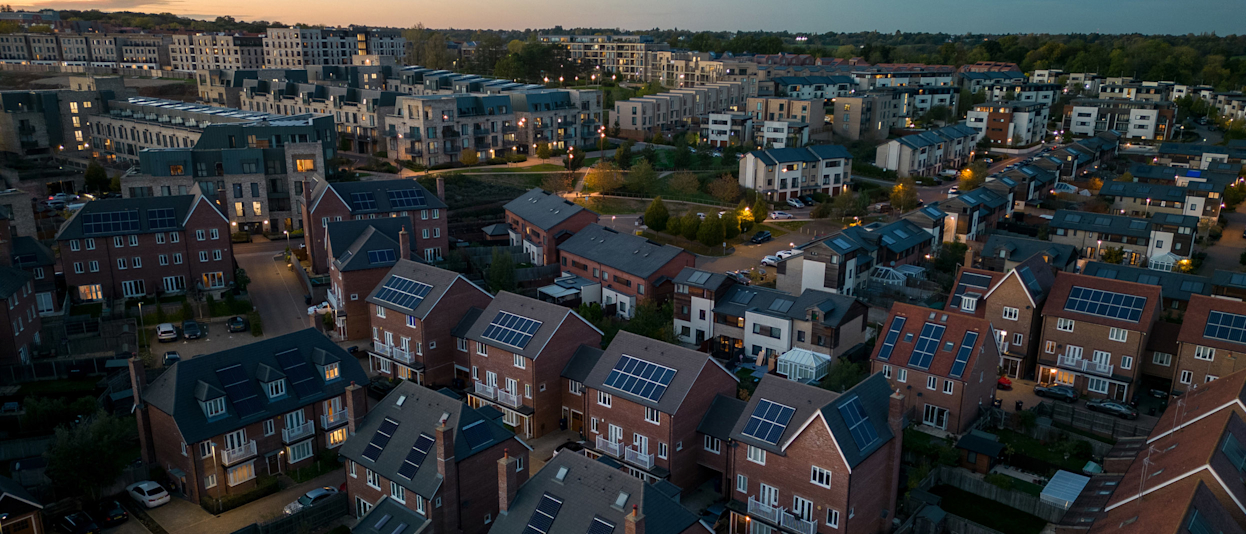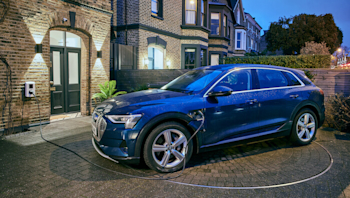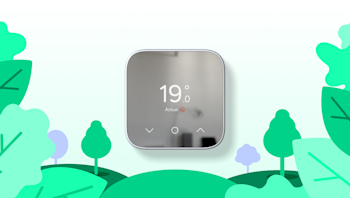What is intelligent energy management – what it is and what does it mean for your future energy?
As we push towards achieving net zero and finding cleaner ways to power our homes and businesses, how we generate and use energy is changing. Large power stations that create electricity from fossil fuels are more and more becoming a thing of the past.
Instead, we’re replacing them with greener, more renewable sources of energy (such as wind and solar) supplied from all over the UK. And as you can imagine, such big changes also bring sizable challenges, too.
Evolving from old to new energy
For instance, once we all switch to charging our ev cars and heating our homes and hot water with electricity, the grid will need to cope with the increasing demand. And then there’s the question of how we avoid wasting the renewable energy we do create. Think of the sunny summer months, for example, when solar roof panels should generate more than enough to power your EV – how do we redirect that energy once your battery’s full?
And speaking of weather, whereas power stations create a predictable amount of regular energy, weather-dependant renewables are a much trickier prospect. We need a system that reacts in real-time to the changing ebb and flow of electrical energy when we’re not generating enough to meet our needs. The answer is intelligent energy management also known as Demand Side Response.
So, what is Demand Side Response?
What if, instead of relying on a single power station, we could create a vast network of interconnected storage devices made up of our electric car batteries, solar panels, and from the air and ground-source heat pumps outside our homes? Well, actually we now can – and it’s called Demand Side Response (DSR).
Demand Side Response is a system that intelligently controls and exchanges the flow of our electrical energy. What’s great about DSR is that all of us can contribute to – as well as benefit from – a vast network of batteries to keep our homes, cars, and businesses in power.
How does Demand Side Response work?
DSR avoids wasted renewables
By cleverly redirecting the energy that’s been generated (but not stored because of limited battery capacity), we’re able to use more of what we create rather than letting it go to waste. So that’s better for us and better for the planet.
And that’s what makes DSR so clever – it works in the background in real time, actively storing and redirecting renewable energy to meet demand as and when it’s needed.
It’s like creating an interconnected network of mini power stations. And if you think about it, the storage capacity actually increases in relation to demand. In other words, the more electric vehicles there are to charge, the more batteries we’ll have to store energy in and draw from in times of high demand. Clever stuff, right?
DSR allows us to control and predict energy easier
And regardless of what the weather’s doing, Demand Side Response helps us to keep the flow and exchange of electricity to predictable, balanced levels. And it’s working right now in the background as you read this; quietly storing and transferring energy from one place to another – balancing out Britain’s electricity grid and adjusting to changes in supply and demand in real time.
Find out more on the benefits of Demand Side Response and how it can help to lower your energy bills and carbon footprint.







